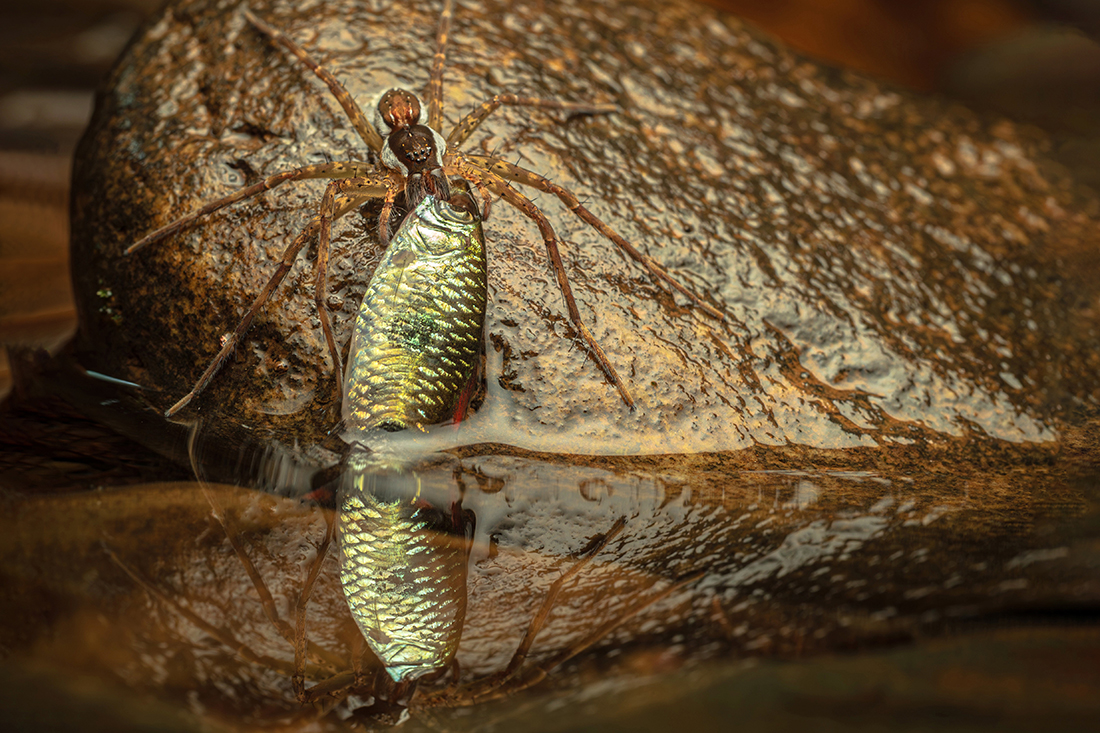This Nikon compact camera proved to be an embarrassing disaster
Classic Cameras #9 – the Nikkorex 35

Back in 1960 Nippon Kogaku (now Nikon) was just beginning to feel the success of their Nikon F SLR. But, it was, first and foremost, a lens-making company. At that time, focal-plane shutters were expensive to manufacture, and leaf shutters had a distinct price advantage. So, that’s the route they took.
Nippon Kogaku’s first effort at capturing the amateur market was with the basic, fixed lens, leaf-shuttered, Nikkorex 35 compact camera, of 1960. Built for Nikon by Mamiya, it proved a troublesome design and despite many efforts by Nikon engineers to teach Mamiya how to build it, it seemed that things that were easy for Nikon seemed difficult for Mamiya.
In 1962, it replaced their troubled Nikkorex 35 with what would be my first camera, the Nikkorex 35/2. It still lacked an instant-return mirror, but had a nice, match-needle exposure system (with a very handy metering window atop the finder), all powered by a large selenium cell.
More importantly, it had a completely redesigned innards and a new Seikosha leaf shutter. Still built by Mamiya, it proved a reliable camera with an excellent 50mm f/2.5 lens. But, despite this, and a new, rounded design, the reputation of the original Nikkorex 35 was hard to beat and sales were slow.
But, in 1963, with a change of lens the 35/2 became the Nikkorex Zoom-35, which featured Nikon’s 43~86mm f/3.5 zoom lens that would revolutionize photography.
Because of cost constraints, its designer, Takashi Higuchi, reduced the number of elements to the absolute minimum in order to keep both price and size down. This resulted in, shall we be polite and say, "less than stellar" performance. It’s been rumored that Nippon Kogaku first made the lens for a fixed-lens camera, to reduce demand while they worked the “kinks” out of mass-producing a lens with independently movable elements. No easy trick at that time!
The next year, Nippon Kogaku took the zoom lens from the Nikkorex Zoom 35 and introduced it as the 43-86mm f/3.5 Zoom-Nikkor, a separate, interchangeable lens for their Nikon F and Nikkorex F SLRs. The significance of this lens is not its optical performance (it is a strong contender for the title of “poorest lens ever built”) but the fact that it was inexpensive and in plentiful supply, which made zoom lenses a force in 35mm photography for the first time.
The best camera deals, reviews, product advice, and unmissable photography news, direct to your inbox!
In September 1964, the Nikkorex Auto-35 would be be the last of the Nikkorex fixed-lens cameras. With a beautifully redesigned, rounded body and a superb Nikkor-H 48mm f/2 lens, it boasted both a pentaprism (instead of a Porro-mirror) finder and a quick-return mirror. It was a much better camera, but it was too little, too late. Production of this last Nikkorex fixed-lens camera ended in 1967.
Find out more about photography's past in David Young's book, A Brief History of Photography.
You might also like…
Take a look at the best film cameras you can buy today – or read other articles in David Young's Classic Cameras series

David Young is a Canadian photographer and the author of “A Brief History of Photography”, available from better bookstores and online retailers worldwide.
You must confirm your public display name before commenting
Please logout and then login again, you will then be prompted to enter your display name.
